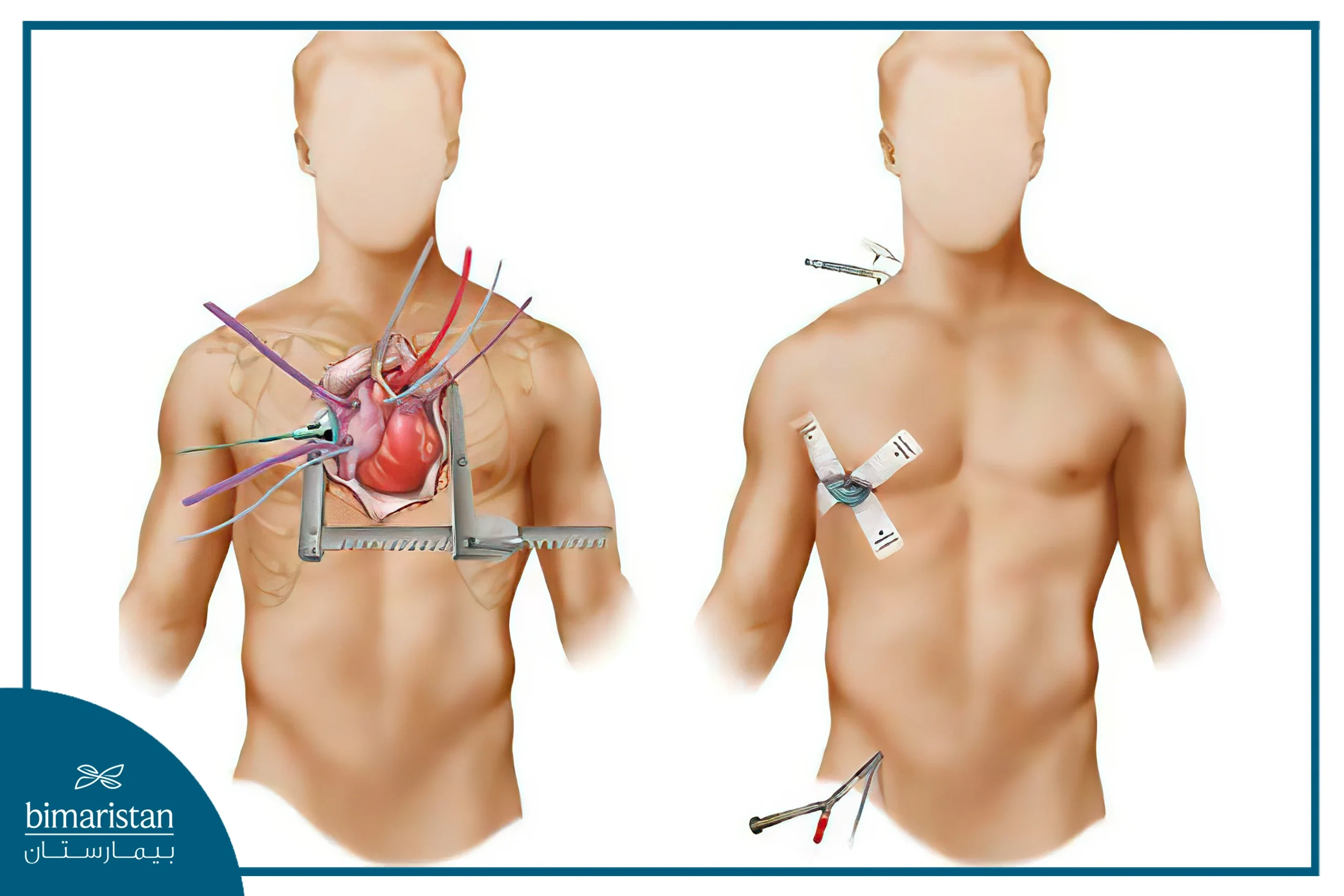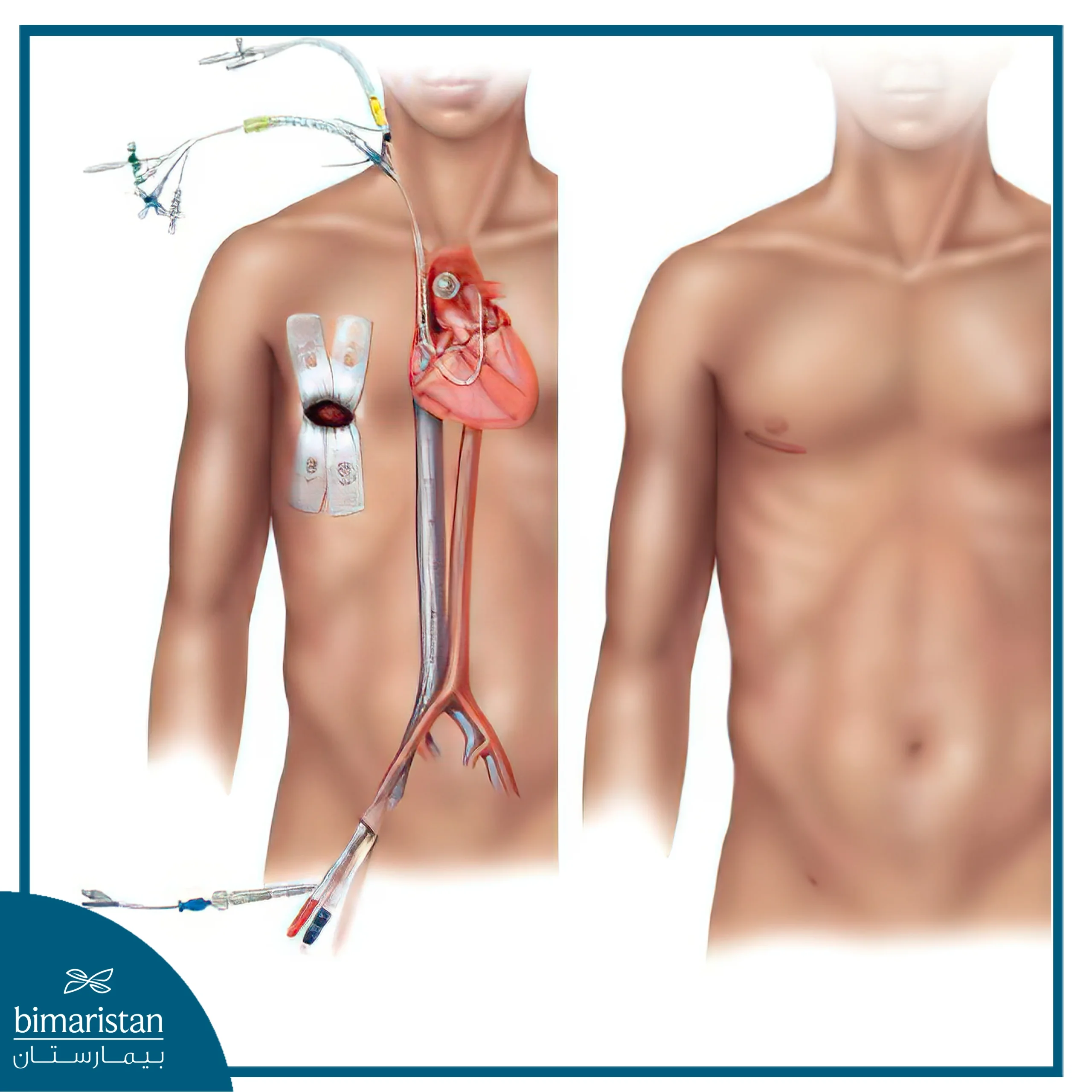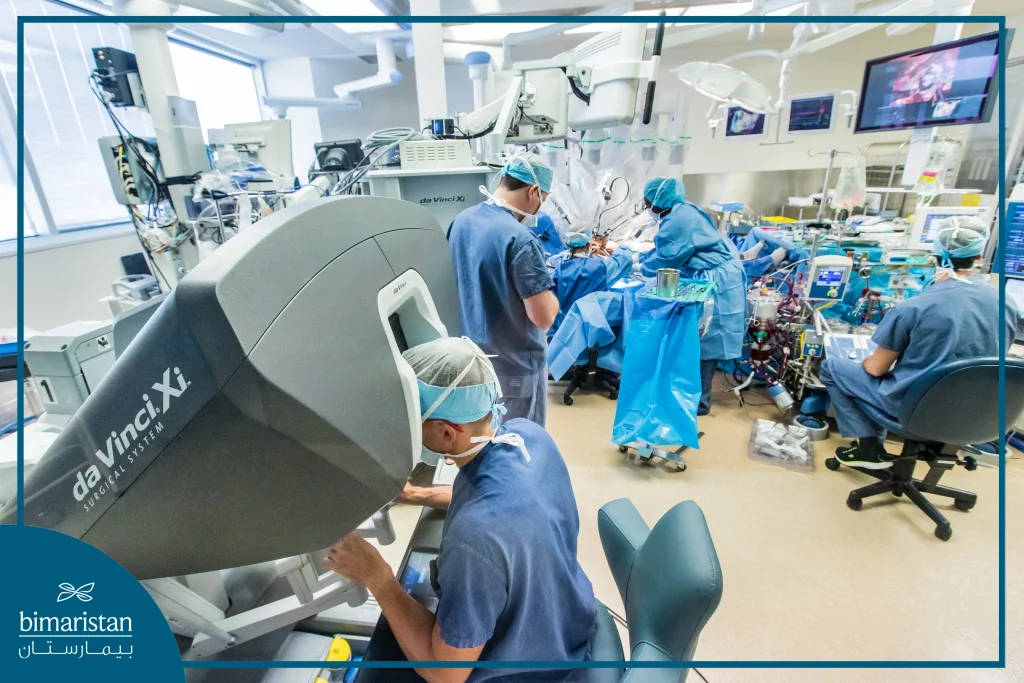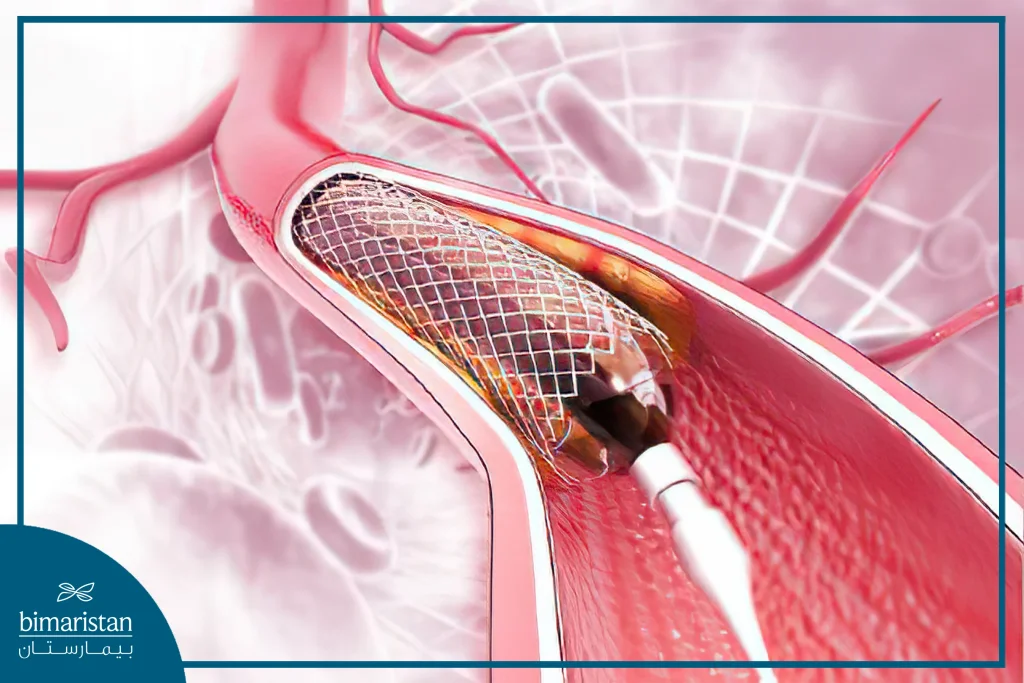Turkey is now considered one of the leading destinations in the world for advanced surgical procedures, particularly minimally invasive heart surgery. Thanks to medical advancements and modern technologies, Turkey has become a preferred destination for patients seeking high-quality medical care at competitive prices.
Endoscopic cardiac surgery is one of the most significant achievements in modern medicine. By utilizing advanced techniques, often including endoscopy, it offers patients effective treatment options with considerably less surgical trauma and postoperative pain. In this article, we will discuss the advantages of minimally invasive heart surgery in Turkey, the top medical centers offering these surgeries, patient experiences, and the anticipated costs.
An overview of minimally invasive heart surgery
Minimally invasive heart surgery, also known as “Endoscopic cardiac surgery,” is one of the modern techniques worldwide in cardiovascular surgery. It allows for performing many heart procedures without causing significant deformation to the chest wall or the structures surrounding the heart.
Minimally invasive heart surgery involves making a small incision, sometimes referred to as a “keyhole incision,” on the right side of the chest to access the heart between the ribs using highly specialized instruments and a scope instead of making a large incision in the sternum as in open-heart surgery.
This type of surgery is used to treat various heart conditions. It offers significant advantages over traditional methods, primarily reduced pain and a quicker recovery period. Studies have indicated that minimally invasive heart surgeries are less harmful to patients and provide the same outcomes as open heart surgeries (if not better).
Benefits of minimally invasive heart surgery
Minimally invasive heart surgery offers several advantages over traditional heart surgery, including:
- Smaller surgical incision, resulting in less pain and improved cosmetic outcomes with minimal scarring.
- Causes less damage to chest muscles, bones and surrounding tissues, contributing to a smoother recovery..
- Lower risk of infection at the surgical site.
- Reduced blood loss during surgery.
- Patients typically spend less time in the hospital after surgery.
- Quicker return to daily activities and a significantly shorter overall recovery period.

Despite its advantages, minimally invasive heart surgery is unsuitable for all patients. The surgeon will determine the most appropriate treatment method after evaluating the patient’s age and anatomy, overall health status, medical history and preoperative tests performed
Minimally invasive heart surgery is a complex technique that requires practice and expertise. Therefore, Bimaristan Medical Center will connect you to a medical team composed of the most skilled specialists in cardiothoracic surgery in Turkey. These specialists will collaborate to determine the best surgical approach after carefully evaluating all factors to achieve the best possible outcomes.
Conditions that can be treated with minimally invasive heart surgery
Minimally invasive heart surgeries include various types, most notably valve repair and replacement surgery for insufficiency or stenosis, and coronary artery bypass surgery in cases of coronary artery blockage. Many procedures can be performed on the heart using this technique, including:
- Coronary Artery Bypass Graft (CABG)
- Mitral Valve Repair or Replacement
- Aortic Valve Repair or Replacement
- Ventricular Assist Device (VAD)
- Atrial Septal Defect (ASD) Repair and Patent Foramen Ovale (PFO) Closure
- Ventricular Septal Defect (VSD) Repair
- Tricuspid Valve Repair or Replacement
- MAZE Procedure for Atrial Flutter
- Treatment of Cardiac Tumors
- Treatment of Congenital Heart Diseases
Risks of minimally invasive heart surgery
Minimally invasive heart surgery carries some risks, although they are rare compared to open-heart surgery. These risks include:
- Bleeding
- Infection
- Arrhythmias (irregular heartbeats)
- Stroke
- Death
However, it is possible to convert to open-heart surgery if the surgeon determines that continuing with endoscopic cardiac surgery poses a risk to the patient’s life.
Methods of performing minimally invasive heart surgery
There are three surgical techniques for treating heart diseases in Turkey without damaging the ribcage:
Thoracoscopic heart surgery
This method involves making a small surgical incision between the ribs, measuring 2-3 inches (5-7.5 cm) on the right or left side of the chest, instead of a large 8-10 inch (20-25 cm) incision in the sternum. The scope and surgical instruments are inserted through this incision, and the location of the incision varies depending on the procedure.
Additionally, a small incision is made in the groin to connect the patient to a heart-lung bypass machine, which takes over the function of the heart and lungs, allowing the heart to be stopped for surgery. A video explains the procedure.
As with open-heart surgery, a coronary artery bypass graft (CABG) can be performed off-pump in some cases, meaning there is no need to stop the heart or connect it to a heart-lung bypass machine.

Robot-assisted cardiac surgery
Using a robot in cardiac surgery increases the precision and safety of the procedure because it allows for precise movements that may not be possible with the human hand. Additionally, it provides a more detailed view of the heart than what the human eye can see.
The principle of this surgery involves making several small incisions between the ribs, through which robotic arms are inserted into the chest cavity. These arms are equipped with the necessary surgical instruments as well as a high-definition, three-dimensional scope that provides a detailed view of the heart. The surgeon controls the robotic arms remotely and performs the surgery from a console while viewing the procedure on a screen.

Catheter-based treatment
It is now possible to treat certain heart conditions using catheter-based techniques. These modern approaches do not require a scope, camera, or chest incision, nor do they require the use of a heart-lung bypass machine. The procedure involves inserting a catheter tube into one of the major blood vessels (usually the femoral artery in the groin) through a small incision and advancing the tube through the vessel until it reaches the heart.
The catheter’s progress within the vessel is monitored using special X-ray imaging and other imaging techniques. The treatment devices are then inserted through the catheter directly into the heart. This method is used to perform:
- Balloon valvuloplasty for treating mitral valve stenosis
- MitraClip for treating mitral valve regurgitation
- Thoracic Endovascular Aortic Repair (TEVAR)
- Transcatheter Aortic Valve Replacement (TAVR)
- Transcatheter Mitral Valve Replacement
- Transcatheter Pulmonary Valve Replacement
- Atrial Septal Defect( ASD) and Ventricular Septal Defect (VSD) closure

Recovery after minimally invasive heart surgery
After undergoing minimally invasive heart surgery, the patient is typically discharged home within two to five days after surgery. During the hospital stay, doctors closely monitor the patient to detect any surgical complications and assist in the quickest possible recovery.
When the patient is ready to be discharged from the hospital, they will receive necessary instructions for recovery and resuming daily activities, including how to care for the surgical wound and the type of diet that promotes faster healing. Doctors will, of course, be available to answer any questions or concerns the patient may have after the surgery.
The doctor will schedule regular follow-up visits to monitor the heart’s condition, ensure its health, and conduct any necessary medical tests. The patient may also benefit from a cardiac rehabilitation program to help regain strength, improve endurance, and enhance overall heart health. This involves attending several sessions at cardiac care centers, which include performing exercise routines, reducing risk factors, and managing stress, anxiety, and depression.
References:
- Contemporary Minimally Invasive Cardiac Surgery, The Surgical Technologist
- MINIMALLY INVASIVE HEART SURGERY, GUNDERSEN HEALTH SYSTEM.

